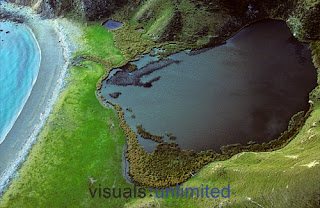1. People in Australia really only live in the coastal areas of it.This means that the coastal environment of Australia takes a big hit from urbanisation. As the population grows there is more need for development and that usually leads to construction of new living spaces to facilitate the growing population. This can also lead to inappropriate development.
2. Because the coastal areas of Australia are really the only place that people can live in and so it is important that the coast is taken care of so that people can continue to live there.
3. "Sea Change" is the name of a trend where people try to escape city life and live in rural communities. This causes a boom in tourism and real estate in coastal Australia.
4. Some of the towns affected by this have introduced residential caps to try and stop over development of the area.
5. Inappropriate Development - more people wanting to live right on the coast have caused too much construction in the coastal areas.
Tourism and Recreational Pressures - lots of people want to go the beach and other coastal areas for fu and recreational purposes and the local industry and coastal areas can only take so much.
Population Growth - As Australia's population grows more houses need to be built to facilitate them and the rising number of people wanting to live in smaller coastal towns rather than the city.
Pollution - Where there are people there will be rubbish. The more people there are the more rubbish will be left in the area.
6. Geographers play the role of the educated person. They are experts in their field of work and know best what to do in situations when developing management strategies.
7b. Dear Editor
I have lived in this area for a very long tie and I am very upset at the recent developments on our beach front. The apartment buildings they have just constructed on the beach front are far too tall and are an eyesore on the beach. Furthermore they block the sun out later in the afternoon and there is nothing that we can do about it. The problem is is that with this construction having been allowed to happen it will now encourage other developers to build on the beach front and soon the beach might not even be recognisable because of all the ridiculously tall buildings. I hope that the local council will stop anymore attempts to build on our beach.
Regards
A concerned local






















